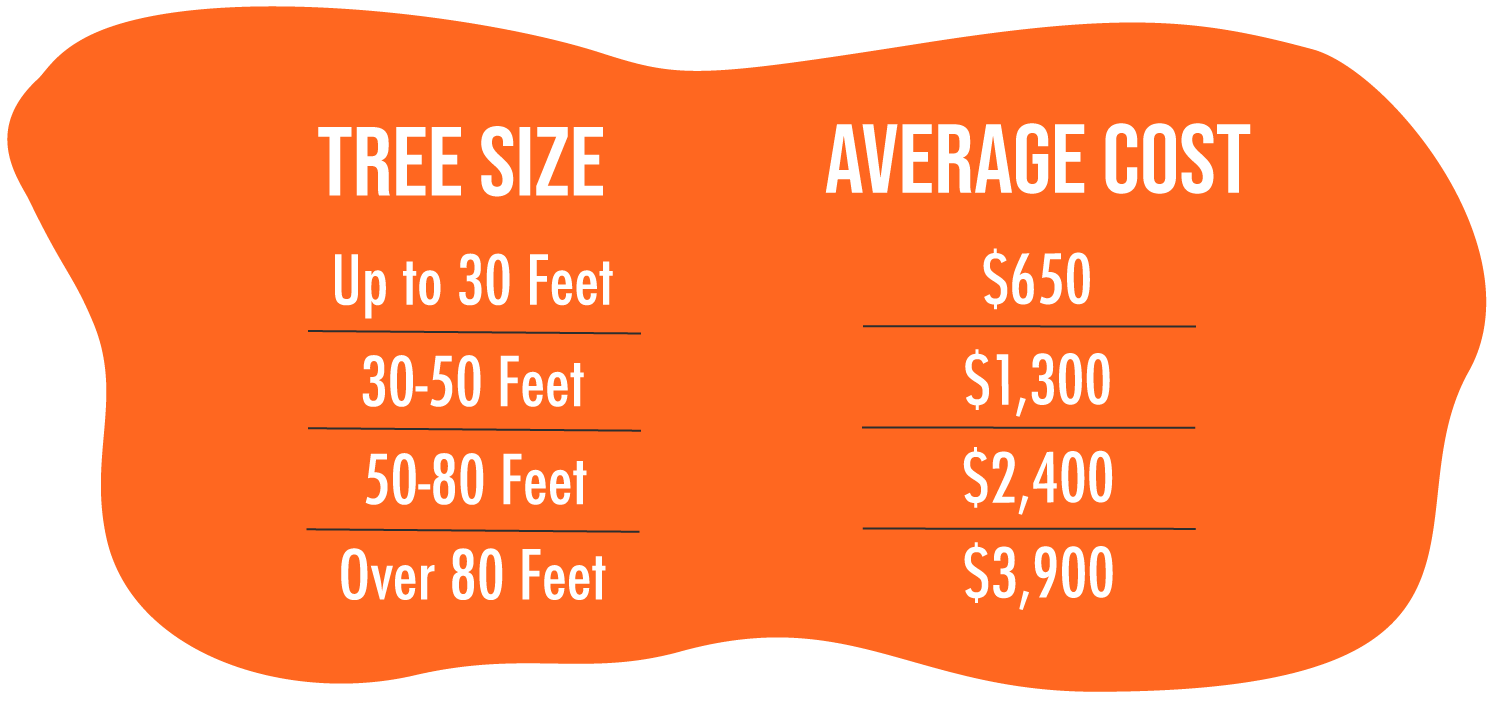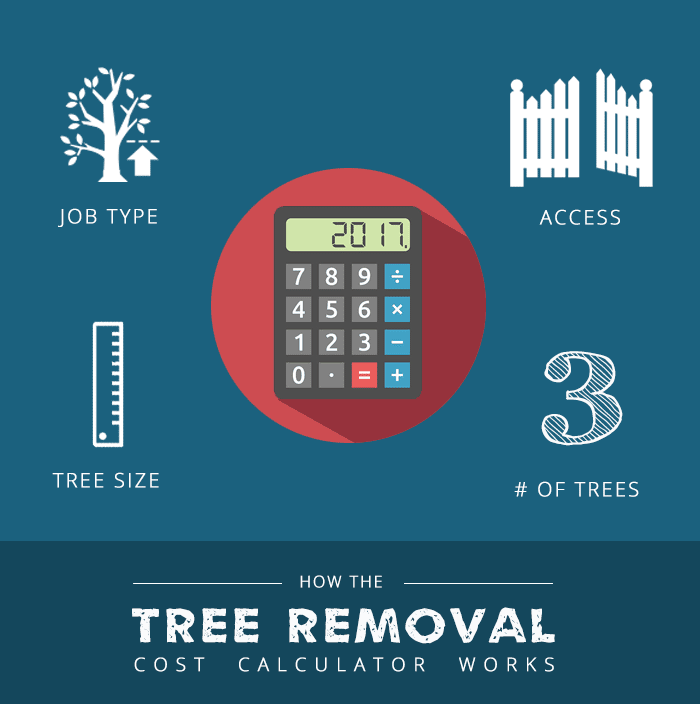Featured
Table of Contents
- – Estes Park, CO Stump Removal Customization Costs
- – Estes Park, CO Stump Grinding Customer Reviews...
- – Emergency Tree Service Prices In Estes Park, CO
- – Estes Park, CO Tree Service Installation Cost...
- – Specialized Stump Grinding Costs In Estes Par...
- – How Long Does An Tree Removal Installation In...
- – Estes Park, CO Tree Trimming: Worth The Cost?
- – Next-Day Tree Clearing Service Costs In Este...
- – Estes Park, CO Tree Service Guarantee Costs:...
- – Estes Park, CO Tree Clearing Maintenance Fees
- – Accessible Tree Clearing Costs In Estes Park...
- – Tree Removal Pricing In Estes Park, CO
- – Estes Park, CO Stump Removal Success Stories...
- – Estes Park, CO Tree Service Price Variables
- – Estes Park, CO Tree Service: Price Range

The subsections below supply more detailed information about prices, including a typical variety for each. TypeAverage Removal CostPineConiferPalmMagnoliaArborvitaeAshCedarSweet GumEucalyptusSycamoreCypressOakMaplePoplar You can anticipate to pay between to get rid of a pine, depending upon its size. Getting rid of a pine is among the more inexpensive tasks unless it is one that has been around for years and is rather big.
Estes Park, CO Stump Removal Customization Costs
Pines also have a tap root that grows deep into the soil, which can show to be harder to eliminate. The process itself involves a specialist cutting the tree, clearing the base, cutting the surface area roots, eliminating the stump, and finally treating the soil. Without a professional hand, you risk leaving pine seedlings behind, which will fall from the roots of distressed pines.
Estes Park, CO Stump Grinding Customer Reviews: Costs
The U.S. national average for conifer elimination is roughly to have the conifer cut down, carried away, and the stump ground or eliminated entirely. Conifers are generally easier to get rid of, and even though they can grow quite tall, they do not cost a fortune to get rid of. Conifers consist of pine, spruce, fir, and juniper trees.
Emergency Tree Service Prices In Estes Park, CO
While conifers are beautiful, they kill native plants and certain types of grass (arborist). The average rate of palm elimination depends on the height as much as the type, ranging from.
Estes Park, CO Tree Service Installation Cost Guide
That is why it is necessary to know which type you are getting rid of. While you do not require an herbicide to eliminate a palm tree, there are some steps your elimination professional will have to take to ensure the job is done correctly. There are 2 ways they can get rid of them: by slicing them down or digging them up.
Specialized Stump Grinding Costs In Estes Park, CO
This is due to the fact that little animals like rats and scorpions typically live in them. Plus, lots of types will have spikes, too. From there, they eliminate the real tree and after that the stump. Anticipate to pay between to remove this type of tree, depending on the precise size and details of the task.
How Long Does An Tree Removal Installation In Estes Park, CO
There are three types: green, white, and black ash. With its gray-tinged bark, its leaves are green or purple in the spring and golden yellow or purplish-red in the fall.
Estes Park, CO Tree Trimming: Worth The Cost?

Nevertheless, the bark is softer, and it flowers later on in the year. Due to the variation in height, the removal cost variance is broad from. A coniferous, evergreen tree, the cedar is a sturdy species. Real cedars enjoy greater elevations, primarily in the Himalayas and the Mediterranean. A true cedar can grow as high as 160 feet in height and is frequently planted in the United States as a landscape choice.
Next-Day Tree Clearing Service Costs In Estes Park, CO
The growth of incorrect cedars varies from 50 feet up to 230 feet high. House owners might pay anywhere from, depending upon the roots. With star-shaped leaves and sensational fall colors, the sweet gum is considered a medium to big tree. Taking pleasure in full sun, the sweet gum can not endure contamination.
Estes Park, CO Tree Service Guarantee Costs: What's Included
It has a huge root base of 40 to 50 feet, which affects the elimination expense. Usually, it costs between to get rid of a eucalyptus. Eucalyptus are not typical all over, but they are quite large compared to others, which is why even the smaller ones are so pricey to eliminate. Initially from Australia, eucalyptus are intrusive plants that grow in thick groves that get native plants.
Estes Park, CO Tree Clearing Maintenance Fees
There are a handful of methods to do this, including burning, pulling, grinding, or killing them with herbicide. Anticipate to pay between to get rid of sycamores, based upon the height, trunk size, and quantity of work involved. Sycamores are one of the largest hardwood trees, typically varying from 60 to 100 feet tall and as large as 15 feet.
Accessible Tree Clearing Costs In Estes Park, CO
The first two actions will expose the within the tree and cut off the flow of nutrients up the trunk. From there, a professional uses herbicide to kill the tree and cuts down the trunk. Then, they will kill the stump. Otherwise, brand-new sprouts might grow from it. Reducing and getting rid of a full-grown cypress could cost as much as.
Tree Removal Pricing In Estes Park, CO
There are various kinds of Cypress trees, but the most common are the Leyland, Arizona, Bald, and Italian. The Bald Cypress grows in swampy or really damp areas while the others enjoy a dry, warm, or hot climate (arborist). They can grow as high as 80 to 100 feet tall
Estes Park, CO Stump Removal Success Stories: Costs

Prone to diseases, the Cypress is among the most prized woods for furniture. The typical oak grows to around 60 feet, and depending on the complexity of the removal, it costs an average of to remove. The specific size of your oak and the effort needed to fell it affect what you will actually spend for elimination along with any extra services like stump grinding.
Estes Park, CO Tree Service Price Variables
Access to the trees and the roots will likewise affect the general cost. Maples can easily grow up to 100 feet or more and usually expense in between to eliminate from your residential or commercial property. The last cost depends upon the actual height and intricacy of the task. Maples are normally amongst the more pricey trees to eliminate due to the fact that of their size and the work involved in the elimination.
Estes Park, CO Tree Service: Price Range
Growing as high as 90 to 115 feet, these massive timbers are generally found in North America and consist of the aspen, cottonwood, and balsam trees. The procedure to get rid of trees includes all the cutting and cutting of the branches and trunk, bringing it down to a stump.
Table of Contents
- – Estes Park, CO Stump Removal Customization Costs
- – Estes Park, CO Stump Grinding Customer Reviews...
- – Emergency Tree Service Prices In Estes Park, CO
- – Estes Park, CO Tree Service Installation Cost...
- – Specialized Stump Grinding Costs In Estes Par...
- – How Long Does An Tree Removal Installation In...
- – Estes Park, CO Tree Trimming: Worth The Cost?
- – Next-Day Tree Clearing Service Costs In Este...
- – Estes Park, CO Tree Service Guarantee Costs:...
- – Estes Park, CO Tree Clearing Maintenance Fees
- – Accessible Tree Clearing Costs In Estes Park...
- – Tree Removal Pricing In Estes Park, CO
- – Estes Park, CO Stump Removal Success Stories...
- – Estes Park, CO Tree Service Price Variables
- – Estes Park, CO Tree Service: Price Range
Latest Posts
How To Avoid Overpaying For A Tree Removal In Mansfield, TX
Delphos, OH Tree Cutting Experts: Pricing
Mankato, MN Tree Trimming: Total Cost Of Ownership
More
Latest Posts
How To Avoid Overpaying For A Tree Removal In Mansfield, TX
Delphos, OH Tree Cutting Experts: Pricing
Mankato, MN Tree Trimming: Total Cost Of Ownership